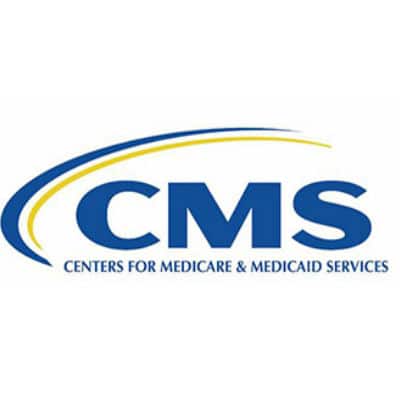 The Centers for Medicare and Medicaid Services (CMS) is planning to announce the finalization of a rule that could change how physicians are reimbursed for Medicare part B drugs (drugs administered in doctors’ offices) that are bought and billed by physicians and given to patients.
The Centers for Medicare and Medicaid Services (CMS) is planning to announce the finalization of a rule that could change how physicians are reimbursed for Medicare part B drugs (drugs administered in doctors’ offices) that are bought and billed by physicians and given to patients.
The regulation would combine newer, more innovative drugs with lower-cost generics into a single lump group for payment purposes. One type of innovative drugs, called 505(b)(2), are built on the research used to approve past medications, but add new technologies or improvements to the medication, like timed release. Examples of these medications are injected steroids for chronic pain and non-opioid alternative medications used for post-surgical pain.
The CMS proposal would reimburse physicians and surgery centers based not on the cost of the medication their patient actually uses, but on the average cost of the entire group of drugs, including the lower-cost generics.
If a doctor administers a 505(b)(2) medication but gets paid at a lower rate than the medicine cost the doctor, he or she will not be able to recoup the entire cost of the medication used. Some doctors may take the loss so patients can get the treatment they need. Others may opt not to use the more expensive yet innovative medication, even if indicated. In addition, if a patient wishes to reduce or eliminate his or her exposure to opioid medications, he or she may not be able to receive new non-opioid options if this proposed rule is promulgated.
“We believe patients should have access to the safest, most innovative medication for their particular acute or chronic pain condition,” says Cindy Steinberg, National Director of Advocacy and Policy. “We encourage you to ask CMS to help ensure patient access to innovative Part B pain medications by allowing 505 (b)(2) medications used for pain control to be reimbursed at the rate FDA specified in classifying them as 505(b)(2) drugs.”
To send an email directly to CMS, click here.
